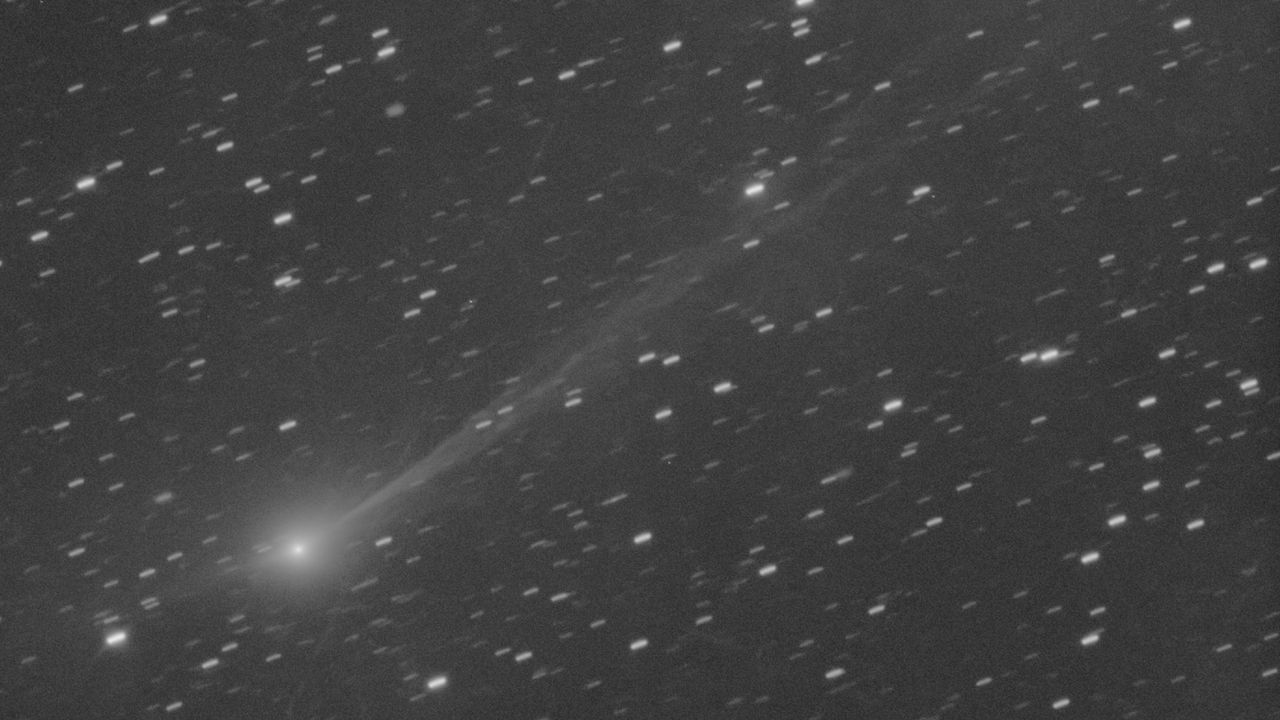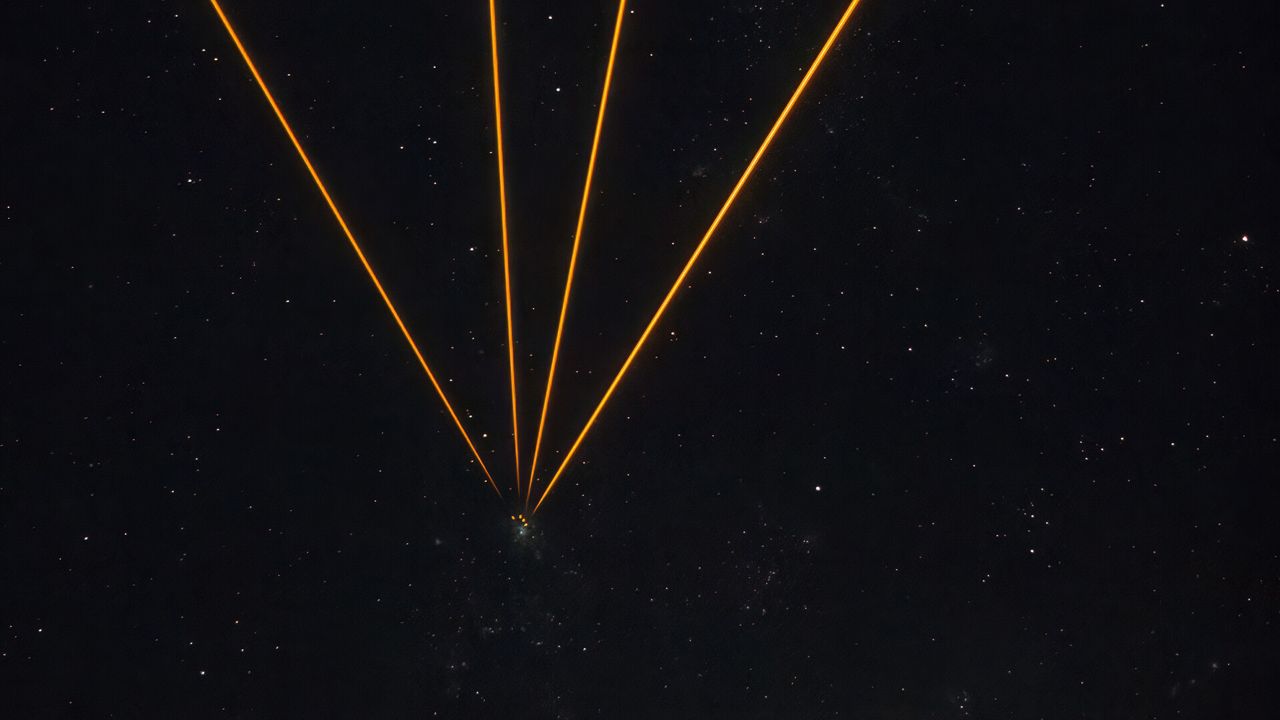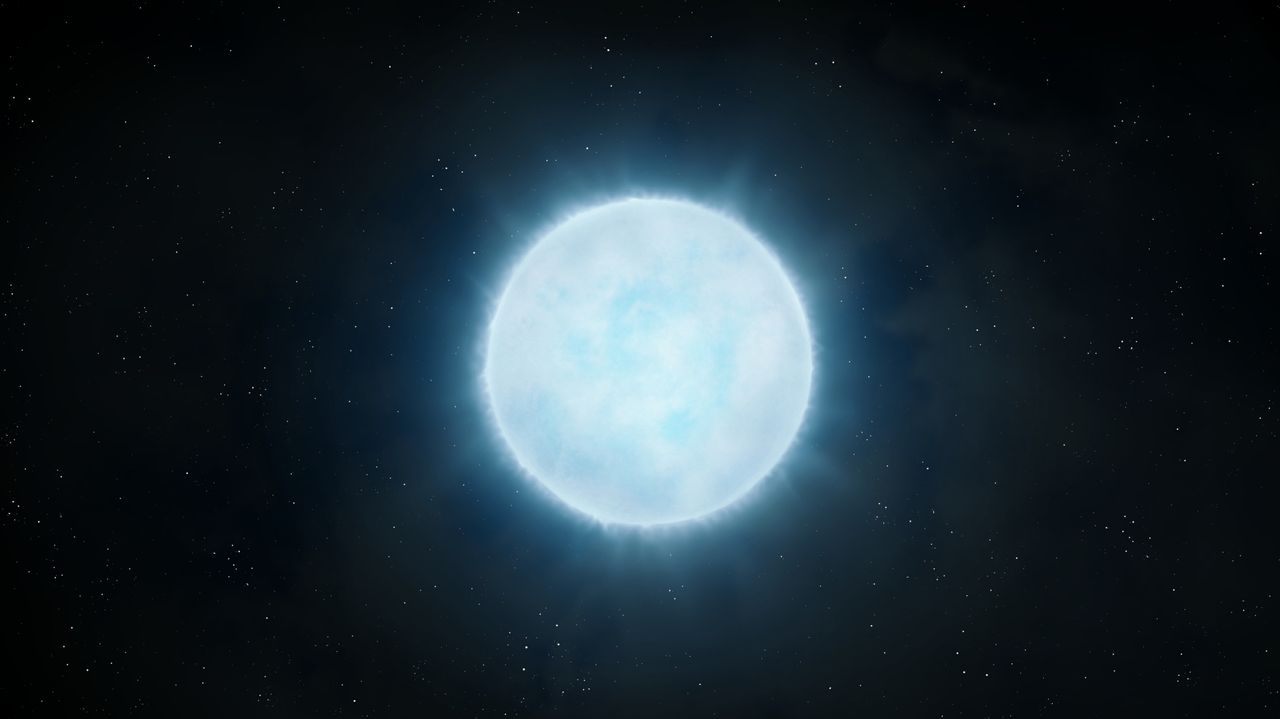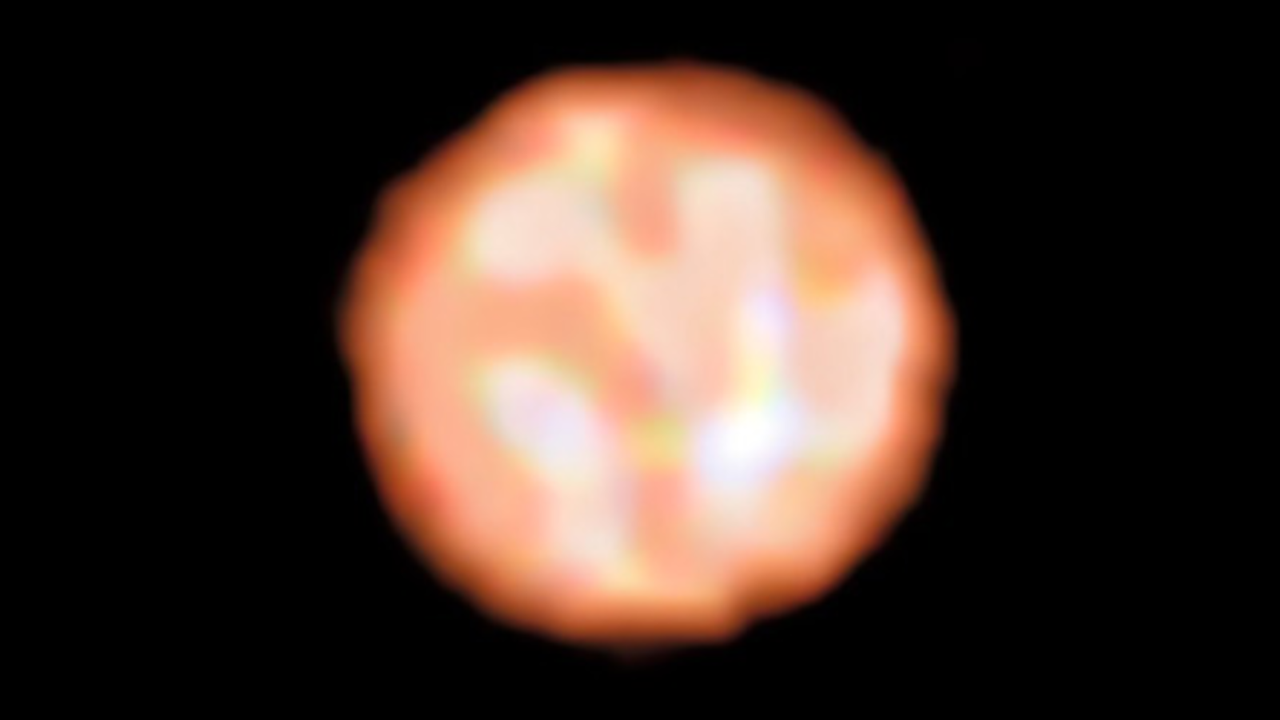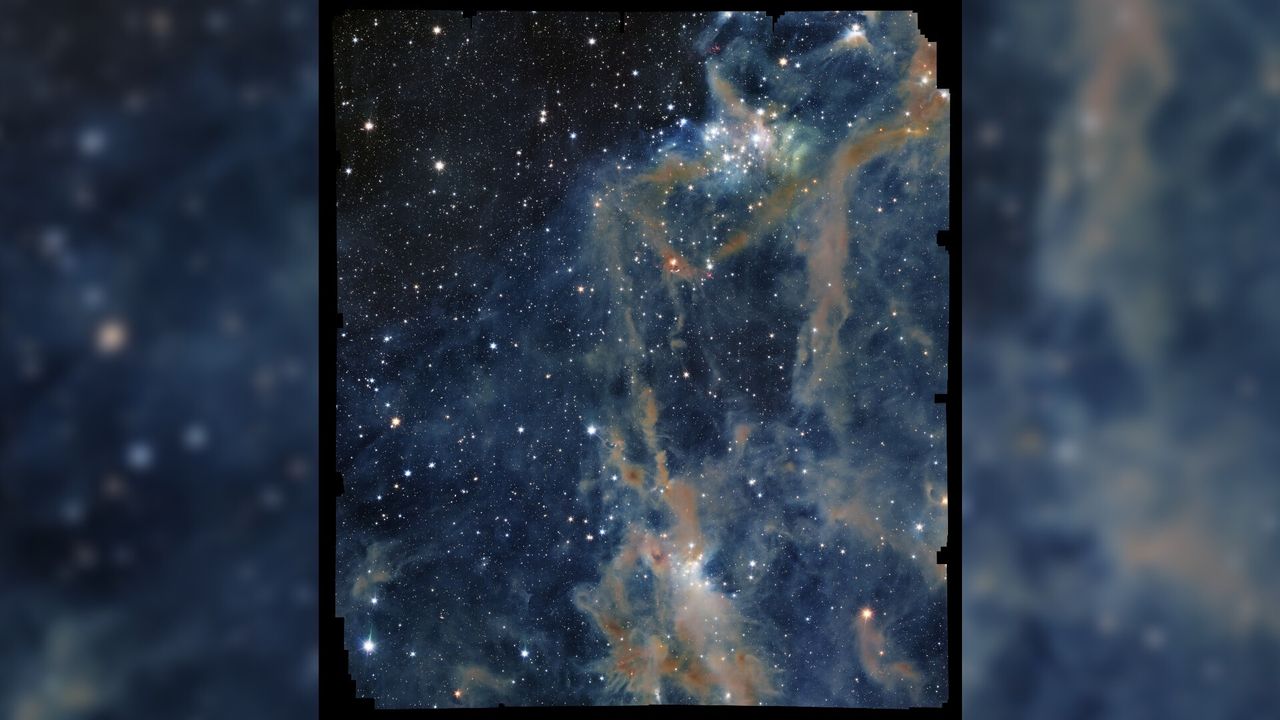Pilot captures jaw-dropping northern lights show from 36,000 feet (photos)
PositiveScience
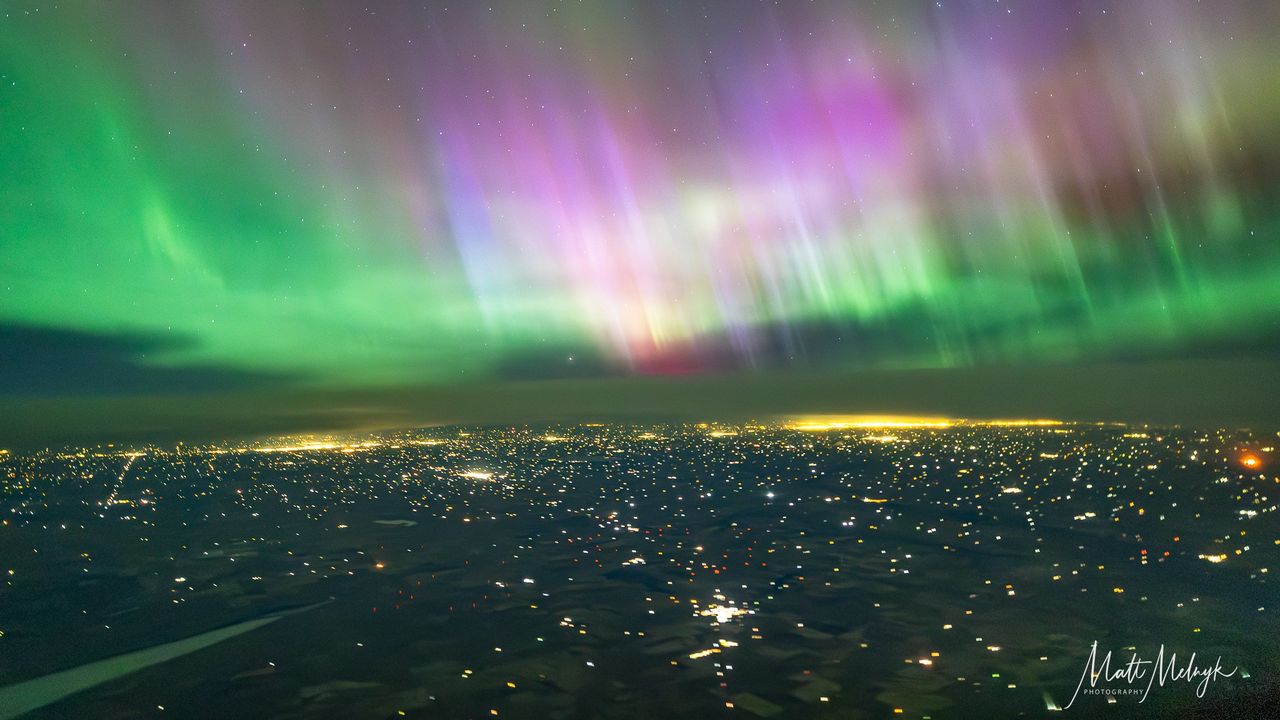
- A Dreamliner pilot experienced a remarkable G4 geomagnetic storm, capturing extraordinary images of the northern lights from 36,000 feet. This event highlights the beauty of natural phenomena and the unique vantage point that aviation can offer.
- The ability to document such stunning displays of nature not only enhances public interest in space weather but also underscores the significance of pilots in sharing these awe
— via World Pulse Now AI Editorial System
